As a result of last year’s acquisition of Stackdriver, Google has released new cloud tracking and monitoring tool.
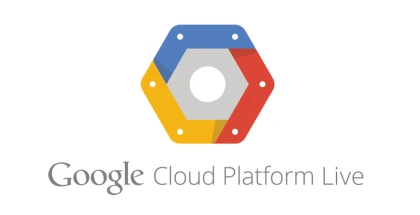

As a result of last year’s acquisition of Stackdriver, Google has released new cloud tracking and monitoring tool.
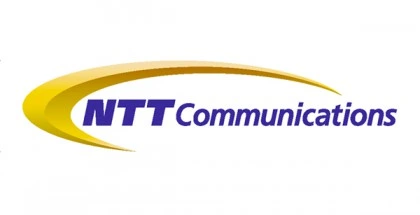
NTT Communications will provide one-stop service combining software security appliance and managed security.
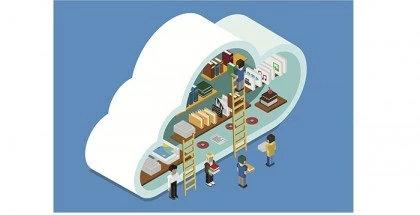
Although the debate about the security and value of using the cloud rages on, experts like David Linthicum believe that clouds generally offer more security than traditional systems.

One of the main reasons why you should consider implementing a Cloud phone system is because it can significantly increase your business productivity.
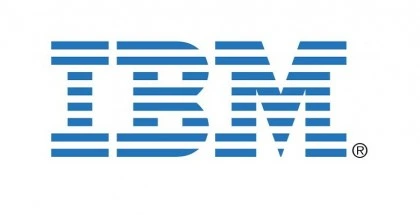
Intelligent Software Allows Clients to Move All Data Types To The Right Storage to Help Optimize Cost, Performance and Security.

The transition from physical storage and traditional systems to Web-based operations happens gradually due to the time and resources it requires. So, if you are deciding what to move to the cloud next, read on for some advice.
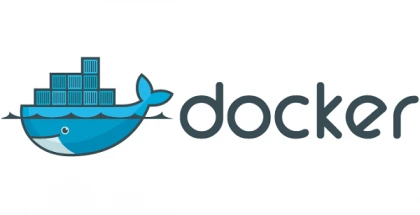
First downloadable versions of orchestration toolset highlight collaborators including AWS, Google, IBM, Joyent, Mesosphere, Microsoft and VMware.
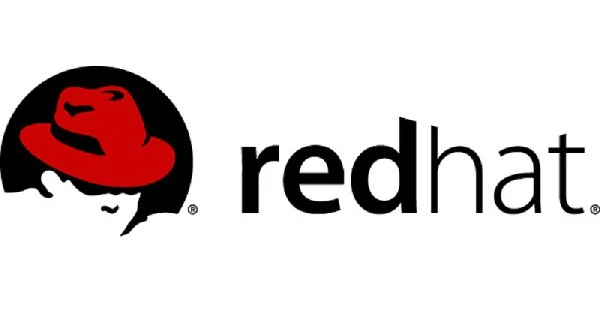
Red Hat, Inc., provider of open source solutions, has announced the general availability of Red Hat Enterprise Linux 7 Atomic Host, an operating system optimized for running the next generation of applications with Linux containers. Red Hat Enterprise Linux 7 Atomic Host provides all of the components necessary to easily package and run applications written for Red Hat Enterprise Linux 6 and 7 as containers.
As monolithic stacks give way to applications comprised of microservices, a container-based architecture can help enterprises to more fully realize the benefits of this more nimble, composable approach. Based on the world’s leading enterprise Linux platform, Red Hat Enterprise Linux 7 Atomic Host enables enterprises to embrace a container-based architecture, reaping the benefits of development and deployment flexibility and simplified maintenance, without sacrificing performance, stability, security, or the value of Red Hat’s vast certified ecosystem.
An application architecture based on Linux containers requires not only the tools to build and run containers, but also an underlying foundation that is secure, reliable, and enterprise-grade, with an established lifecycle designed to meet the ongoing requirements of the enterprise over the long term. These requirements include mitigation of security concerns, ongoing product enhancements, proactive diagnostics, and access to support. Red Hat is committed to offering enterprises a complete and integrated container-based infrastructure solution, combining container-based application packaging with robust, optimized infrastructure that will enable easy movement of Red Hat Enterprise Linux-certified applications across bare metal systems, virtual machines and private and public clouds – all of this with the product and security lifecycle that enterprise customers require. The release of Red Hat Enterprise Linux 7 Atomic Host delivers on Red Hat’s intent to make Linux containers a stable and reliable component of enterprise IT across the open hybrid cloud.
The Enterprise-Ready Container Host
Specifically designed to run Linux containers, Red Hat Enterprise Linux Atomic Host delivers only the operating system components required to run a containerized application, reducing overhead and simplifying maintenance. Because Red Hat Enterprise Linux 7 Atomic Host is built from Red Hat Enterprise Linux 7, it inherits Red Hat Enterprise Linux 7’s stability and maturity, as well as its vast ecosystem of certified hardware partners.
Security is always a top enterprise priority, but the security properties of containers – including the ability to maintain security across a container’s lifecycle – have raised additional questions. To address container security and lifecycle concerns, Red Hat Enterprise Linux Atomic Host offers automated security updates on-demand, bringing enterprise customers the support and lifecycle benefits that come with Red Hat Enterprise Linux in a reduced image size. From Heartbleed and Shellshock to Ghost and beyond, Red Hat customers receive security notifications and product updates as they are available and also have access to security tools that address container reliability and security. This is a benefit Red Hat uniquely brings to container deployments for enterprise customers.
For building and maintaining container infrastructure, Red Hat Enterprise Linux 7 Atomic Host provides many benefits, including:
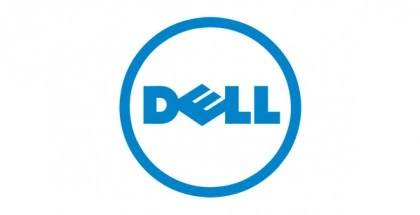
Dell has announced the release of Dell One Identity Cloud Access Manager 8.0, which leverages Dell’s new Security Analytics Engine to give organizations control of web-based applications and OpenID Connect-compliant mobile application access activities within the organization. This control improves security and enables easier, appropriate access across a wide range of application types and access scenarios. Adding new social and mobile authentication capabilities, Cloud Access Manager gives users secure and convenient access to the broadest range of both legacy and emerging applications, while providing IT with the security and control it requires.
Cloud Access Manager 8.0 addresses a number of customer pain points. Organizations today typically have a highly diverse user population as well as partners and customers who require access but are completely outside of IT’s control. All of these users require instant, always-on access to a variety of applications – on-premises, cloud-based and mobile – and IT must be able to provide this access with unparalleled security that enhances business agility, while still protecting critical corporate assets and data.
The evolution of both the user and the application requires an evolution in the way organizations approach access management and security. They must switch from traditional approaches addressing point-in-time risk and security implemented in silos, to an adaptive approach focusing on contextual security that ensures access is appropriate in real-time, while moving security from a productivity barrier to a business enabler.
Cloud Access Manager provides unified single sign-on that includes federation and legacy authentication types, along with the capabilities of Dell’s Security Analytics Engine to execute security in context – the “who, what, where, how, and why” of access activities – and adjust enforcement to ideally suit the situation. Dell’s Security Analytics Engine correlates this contextual information with enforcement capabilities to make all access appropriate every time, all the time, and without hindering productivity for an ever-evolving user who continues to access applications in new and more complex ways. New features in Cloud Access Manager 8.0 include:
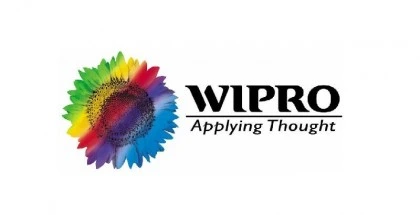
Wipro Ltd. has announced the launch of a Boundary Less Data Center Solution (BLDC), based upon a software-defined data center architecture, powered by VMware, a leader in cloud infrastructure and business mobility. This solution enables enterprises to be competitive by reducing time to market, driving business agility and scale.
The Boundary Less Data Center offering is based on an innovative IT transformational approach that is workload centric, software-defined, and hyper resilient. This helps enterprises to extend the capabilities of their traditional enterprise data centers into a scalable hybrid IT. BLDC offers transformative analytics to gain insights from enterprise assets and workloads, evaluates IT resiliency and provides a technology blueprint to maximize the business value of IT investments for customers. Wipro’s industrialized workload migration approach coupled with its ServiceNXT™, next generation integrated Managed Services framework for Hybrid IT makes the transformation journey easy for its customers.
In collaboration with its ecosystem of partners, Wipro will build industrialized repeatable solutions based on the standard reference architectures and cloud blueprints for enterprises and new workloads on the next generation data center architecture.
The reference architecture will include virtualized compute, networking and storage utilizing VMware vSphere®, VMware NSX™, VMware Virtual SAN™ and VMware vRealize™ Suite.
Wipro currently offers this service from its data centers in the US and Europe, and from its customers’ on-premises data centers, with a roadmap to launch this service in emerging geographies later this year. Wipro’s customers will have access to run use cases and proof of concepts from the Wipro Centers of Excellence in India and USA.
“Boundary Less Data Center is a new paradigm which helps enterprises accelerate their IT transformation. This offering will enable organizations to scale Data Center capabilities beyond the traditional IT boundaries to achieve the right business outcomes, and that is very exciting,” said G K Prasanna Chief Executive, Global Infrastructure Services, Wipro Limited.
“VMware has a strong relationship with Wipro, which spans multiple VMware technologies. Our partnership is further strengthened with Wipro’s next generation services around the Boundary Less Data Center, which is designed to empower customers to experience the agility and flexibility benefits of the software-defined data center,” said Todd Surdey, Vice President, Strategic Alliances and Emerging Partners, VMware.